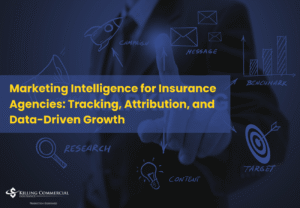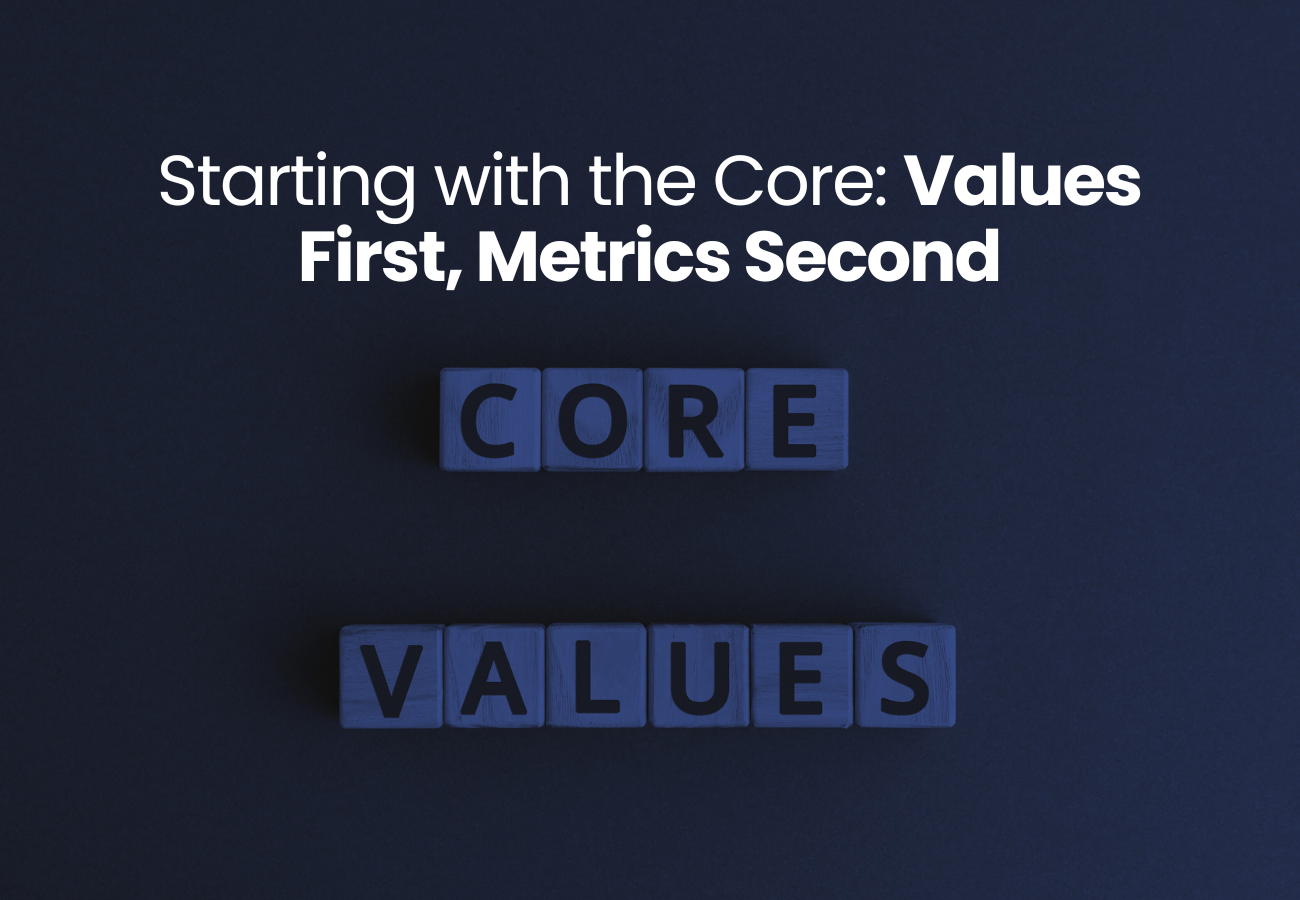
Marketing Intelligence for Insurance Agencies: Tracking, Attribution, and Data-Driven Growth
In the ever-evolving world of commercial insurance, marketing has become a critical lever for growth. Yet most agencies still struggle to understand what’s actually working. From websites that generate leads with no attribution to CRM systems that silo vital data, insurance agencies are often flying blind.









Responses